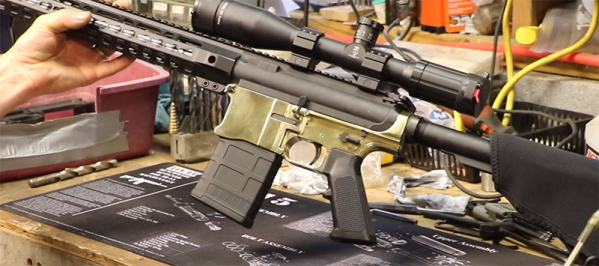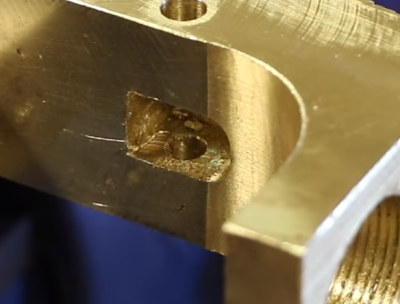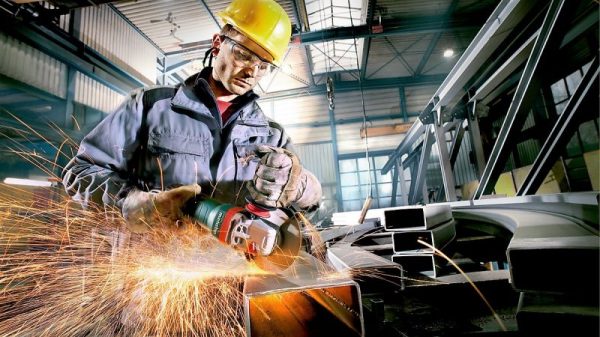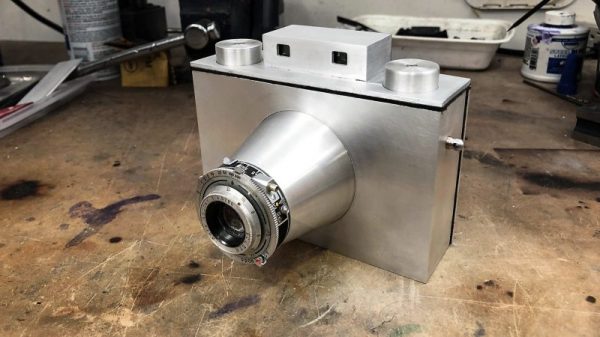The Cyberdyne Systems Series 800 Terminator is a highly capable robot that happens to look an awful lot like Arnold Schwarzenegger. It boasts an advanced metallic endoskeleton, which has been the inspiration for many DIY prop builds over the years. [KenToonz] has decided to take on just such a project and invites viewers along for the ride. (YouTube, embedded below.)
The project is a particularly interesting one, as it involves the recreation of a robotic imitation of a human hand and arm. Thankfully, due to the hard work of dedicated individuals, blueprints of the original movie item are available online. These aren’t fully functional, per se, but give the aspiring builder a strong basis to get the look and feel right, while leaving room for modifications for those who wish to build something that moves and operates in the expected way. [KenToonz] intends to do exactly that, and contemplates the installation of various springs and other mechanisms to enable the joints to extend and retract properly.
[KenToonz] starts from the fingers, working back towards the forearm before beginning to add the various interstitial pieces that make it all work together as an assembly. The machining involved covers everything from small metal pieces of the digits to producing custom springs for the moving parts. We can’t wait to see the finished product once it’s all finished!
We’ve seen some great prop builds before, too – like this tricorder worthy of Mr Spock.


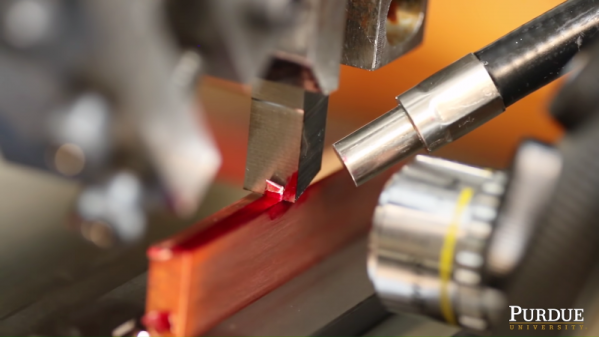
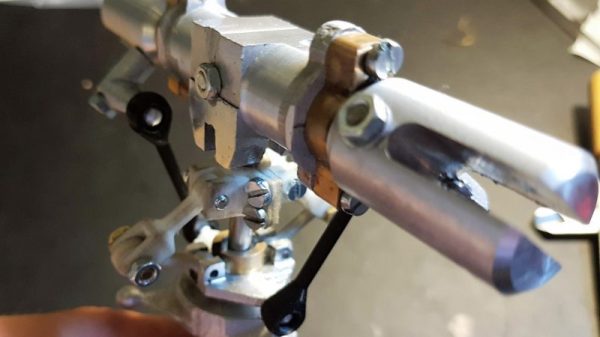
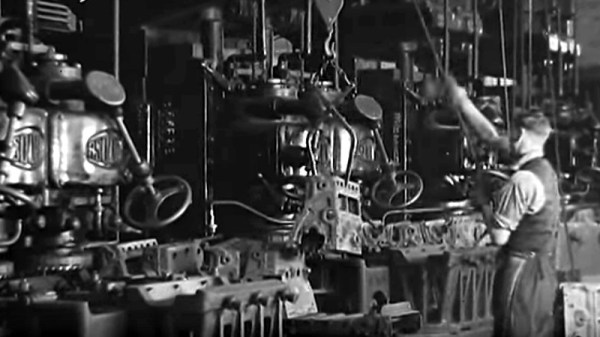
![A 1930s Morris Ten Series II. Humber79 [CC BY-SA 3.0].](https://hackaday.com/wp-content/uploads/2018/05/morris10080809e.jpg?w=400)
